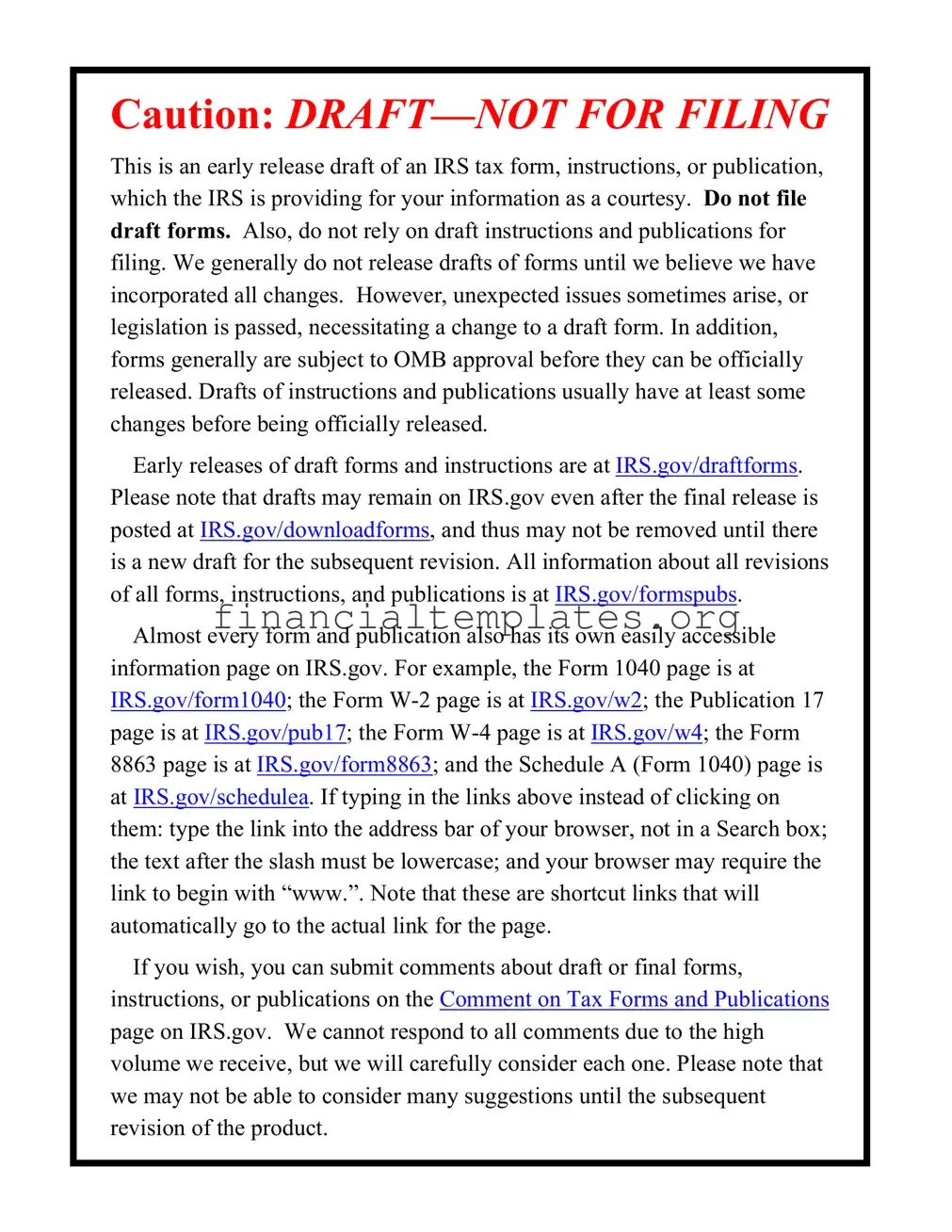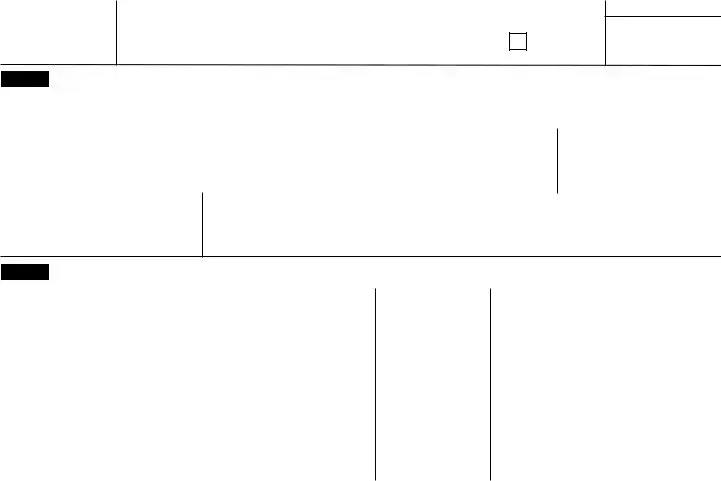|
Form 1095-A (2014) |
|
Page 2 |
|
|
|
|
Instructions for Recipient |
number, date of birth (only if no social security number is |
|
entered in column B), and the start and ending dates of |
|
|
|
You received this Form 1095-A because you or a family member |
coverage for each covered individual. |
|
enrolled in health insurance coverage through the Health |
If you or your family members enrolled at the Marketplace in a |
|
Insurance Marketplace. This Form 1095-A provides information |
|
policy with one or more individuals who are not your spouse or |
|
you need to complete Form 8962, Premium Tax Credit (PTC). |
|
dependent and advance credit payments were made, the |
|
You must complete Form 8962 and file it with your tax return if |
|
information reported on Form 1095-A applies only to the |
|
you want to claim the premium tax credit or if you received |
|
individuals for whom you attested to the Marketplace at |
|
premium assistance through advance credit payments (whether |
|
enrollment the intention to claim a personal exemption |
|
or not you otherwise are required to file a tax return). The |
|
deduction on your tax return (yourself, spouse, and |
|
Marketplace has also reported this information to the IRS. If you |
|
dependents). For example, if you indicated to the Marketplace |
|
or your family members enrolled at the Marketplace in more |
|
enrollment that an individual enrolling in the policy is your |
|
DRAFT atAS OF |
|
than one qualified health plan policy, you will receive a |
adult child for whom you will not claim a personal exemption |
|
Form 1095-A for each policy. |
|
deduction, that child will receive a separate Form 1095-A and |
|
|
|
Part I. Recipient Information, lines 1–15. Part I reports |
will not be listed in Part II on your Form 1095-A. |
|
information about you, the insurance company that issued your |
Part II also tells the IRS the months that the individuals |
|
policy, and the Marketplace where you enrolled in the coverage. |
|
identified are covered by health insurance and therefore have |
|
Line 1. This line identifies the state where you enrolled in |
|
satisfied the individual shared responsibility provision. |
|
OCTOBER |
1, 2014 |
|
coverage through the Marketplace. |
If there are more than 5 individuals covered by a policy you |
|
|
|
Line 2. The Marketplace-assigned policy number is the number |
will receive one or more additional Forms 1095-A that continue |
|
the Marketplace uses to identify the policy in which you |
Part II. |
|
|
enrolled. If you are completing Part 4 of Form 8962, enter this |
Part III. Household Information, lines 21–33. Part III reports |
|
number on line 30, 31, 32, or 33, box a. |
|
information about your insurance coverage that you will need to |
|
|
|
|
complete Form 8962 to claim the premium tax credit and |
|
Line 3. This is the nameDOof the insurance companyNOTthat issued |
FILE |
|
your policy. |
reconcile advance credit payments. |
|
Line 4. You are the recipient because you are the person the |
Column A. This column is the monthly premium amount for the |
|
Marketplace identified at enrollment who is expected to file a |
policy in which you enrolled. |
|
tax return and who, if qualified, would claim the premium tax |
Column B. This column is the monthly premium amount for the |
|
credit for the year of coverage. |
|
second lowest cost silver plan (SLCSP) that the Marketplace |
|
|
|
Line 5. This is your social security number. For your protection, |
has determined applies to members of your family enrolled in |
|
this form may show only the last four digits. However, the |
the coverage. The premium for the applicable SLCSP is used to |
|
Marketplace has reported your complete social security number |
compute your monthly advance credit payments and the |
|
to the IRS. |
premium tax credit you claim on your return. If no information is |
|
Line 6. A date of birth will be entered if there is no social |
entered in this column, see the Instructions for Form 8962, Part |
|
2, Premium Tax Credit Claim and Reconciliation of Advance |
|
security number on line 5. |
|
Payment of Premium Tax Credit. |
|
|
|
Lines 7, 8, and 9. Information about your spouse will be entered |
Column C. This column is the monthly amount of advance |
|
only if advance credit payments were made for your coverage. |
|
credit payments that were made to your insurance company to |
|
The date of birth will be entered on line 9 only if line 8 is blank. |
|
pay for all or part of the premiums for your coverage. No |
|
|
|
Lines 10 and 11. These are the start and ending dates of the |
information will be entered in this column if no advance credit |
|
policy. |
payments were made. |
|
Lines 12 through 15. Your address is entered on these lines. |
Lines 21–33. The Marketplace will report the amounts in |
|
Part II. Coverage Household, lines 16–20. Part II reports |
columns A, B, and C on lines 21–32 for each month and enter |
|
|
|


